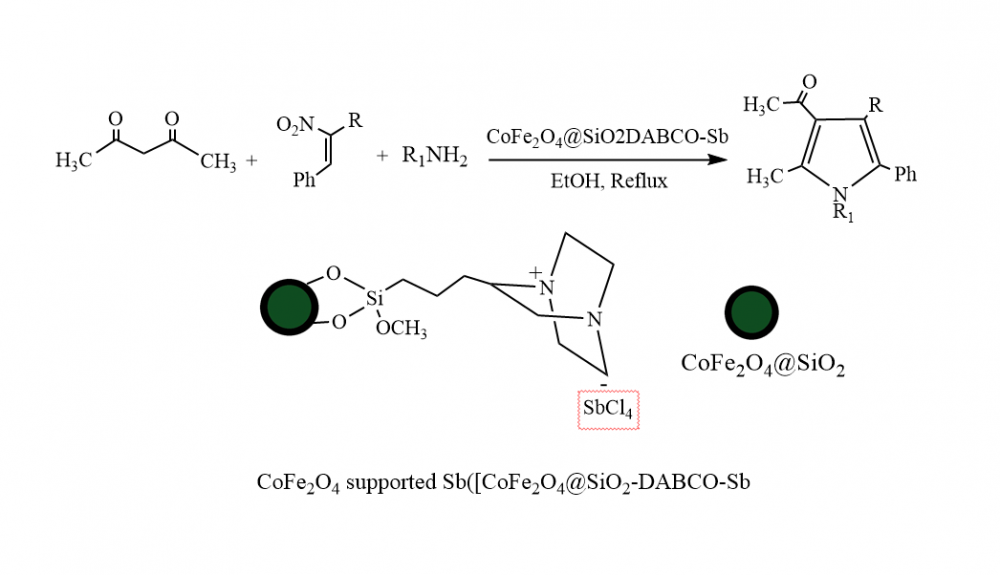JOURNAL 3624
Organic Communications
Available Online: November 11,2025
p.1 - 15
http://doi.org/10.25135/acg.oc.201.2508.3624 (DOI number will be activated after the manuscript has been available in an issue.)
Viewed 212 times.
GRAPHICAL ABSTRACT

ABSTRACT
Here, we outlined the synthesis of pyrroles, pyrazoles, imidazoles, pyridines, pyrimidines and pyrazines using nanocatalysts. For example, quinazolin-4(1H)-ones 49a-c were produced by the multicomponent reaction between isatoic anhydride (48), various amines 3, substituted aldehydes 7 in water using Fe3O4 nanoparticles. These N-heterocyclic compounds are essential in pharmaceutical fields. Using nanocatalysts in this synthesis is very important because these catalysts lie under the green synthesis or sustainable synthesis that most researchers headed in recent years, due to nanocatalysts have a large surface area compared with their volume making a larger chance of reaction between the reactants. In addition, they reduce side reactions, improve selectivity, enhance recycling rates, and enable cleaner, faster, and less expensive reactions. Furthermore, they show self-recovery and excellent product yield.
KEYWORDS- Heterocyclic
- pyrroles
- pyrazoles
- pyrazines
- nanocatalysts
- green chemistry